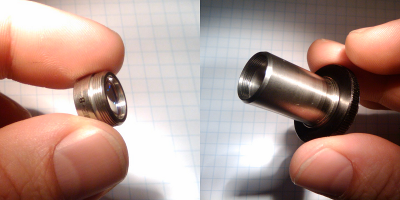I recently ran across this toilet with these unbelievable instructions on how to flush it (mouse over if you can’t read it):
It reminded me of this gem I read in high school, by the famous Dutch poet of light verse, C. Buddingh’:
KLOPPEN SVP
van september ’35 tot juni ’38
studeerde ik middelbaar engels a
de lessen werden gegeven
in het gymnasium
aan de laan van meerdervoort te den haag
het was een zich deftig voordoend gebouw:
de stortbak van de wc
had dan ook twee deftige trekkers,
er hing een stukje ivoorkarton naast
waarop in deftige drukletters stond:
“voor grote spoeling gebruike men de lange trekker
voor kleine spoeling gebruike men de korte trekker”
een vermoedelijk iets minder deftig
iemand had eronder geschreven:
“in geval van twijfel
wende men zich tot de rector”moraal:
ga niet bij het onderwijs,
en als u toch bij het onderwijs gaat
word dan liever geen rector
This is my amateurish translation:
PLEASE KNOCK
from september ’35 to june ’38
i studied intermediate english a
the classes were held
in the high school
at laan van meerdervoort, the hague
it was a very posh-looking building:
the tank on the top of the toilet
had two posh pull-chains,
and there was a bit of ivory board next to it
that said, in posh printed letters:
“for a large flush, please use the long chain
for a small flush, please use the short chain”
someone, who was presumably less posh,
had written under it:
“when in doubt,
please consult the principal”moral of the story:
don’t become a teacher,
and if you become a teacher anyway
try to avoid becoming a principal



